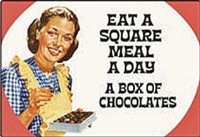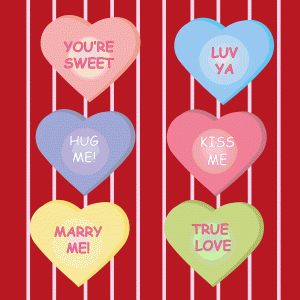 In 2012, Easter will be celebrated on April 8th by Western churches and on April 15th by Orthodox churches. In 2011, both were celebrated on the same day, April 24th. In 2013, Western Christian Easter will be celebrated on March 31st and Orthodox Easter will be on May 5th. The holiday of Pesach, or Passover, falls on the Hebrew calendar dates of Nissan 15-22 or the secular dates of April 6th – 14th in 2012 and March 25th – April 2nd in 2013.
In 2012, Easter will be celebrated on April 8th by Western churches and on April 15th by Orthodox churches. In 2011, both were celebrated on the same day, April 24th. In 2013, Western Christian Easter will be celebrated on March 31st and Orthodox Easter will be on May 5th. The holiday of Pesach, or Passover, falls on the Hebrew calendar dates of Nissan 15-22 or the secular dates of April 6th – 14th in 2012 and March 25th – April 2nd in 2013.
How Do You Know The Dates For The Holidays?
The easiest way to figure out the dates for Easter and Passover is to look them up – unless, of course, you are a trained astronomer or someone else whose been taught how to calculate the moveable dates.
Growing up, I was always caught in a holiday vacation snare. I went to a Greek elementary school. Vacation was Holy Week and Easter Week for Greek (Eastern Orthodox) Easter. My neighborhood friends, most of whom went to Catholic school, had off Holy Week and Easter Week for Western Christian Easter. My birthday, at the end of March, usually fell during someone’s vacation – but since my friends and I had different ones – my birthday celebration was shared only with the kids that were around. That really used to annoy me.
As a child I remember being taught that Orthodox Easter was based on the lunar calendar – like Passover – and that Christian Easter was not. This was neither a very good nor an accurate explanation.
So finally, many years later, I decided to look it up – and I’m sharing the explanation with you.
The Formula For The Holiday Date Calculation
Both Western and Orthodox churches use the same formula to calculate the date for Easter: the first Sunday after the first full moon on or after the vernal equinox. The problem is that they base the dates on different calendars: Western churches use the Gregorian calendar, the standard calendar used in most of the world. Orthodox churches use the older Julian calendar.
Along with the two different calendar systems there’s a factoring in of ecclesiastical moons and paschal full moons, the astronomical equinox, and the fixed equinox.
The Dates
The Christian churches that follow the Gregorian calendar celebrate Easter on the first Sunday after the paschal full moon on or just after the vernal equinox, March 21. The paschal full Moon is always on the 14th day of a lunar month.
Eastern Orthodox churches follow the Julian calendar. Because of different methods of calculation, the Eastern Orthodox and Western Christian churches frequently celebrate Easter on different days.
In Western Christian churches Easter cannot be before March 22nd or after April 25th. In Eastern churches, using Gregorian calendar dates, Easter can occur between April 4th and May 8th.
Passover Dates In Relationship To Easter
The Eastern Orthodox Church applies the calendar formula so that Easter always falls after Passover believing that the Crucifixion and Resurrection of Christ took place after he entered Jerusalem to celebrate Passover. Easter sometimes precedes Passover by weeks in the Western Church.



